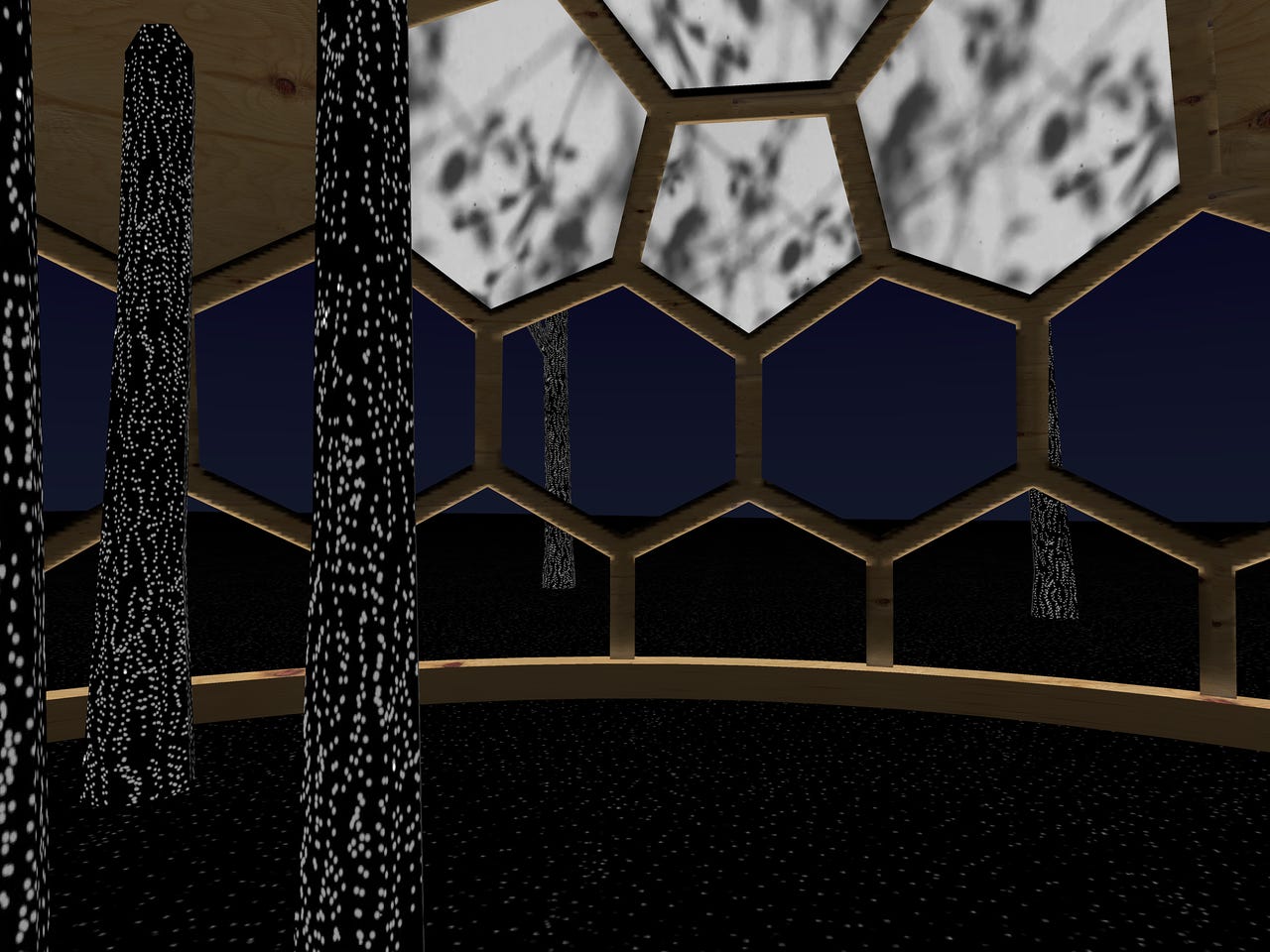Following your bliss in VR: How a lighting designer created a mindfulness app


Mindfulness is big business thanks to app empires like Calm. Virtual reality is the next frontier in blissing out, and it's attracting forward-thinking converts from disparate fields as first-time developers.
One of these is Vera Wegener, a lighting designer from Amsterdam. Wegener has been illuminating exhibitions, museums, and other architectural structures for fifteen years. Eight years ago, she was asked by the organizers of a global lighting design event PLDC to create a light-art installation to bring the therapeutic benefits of nature and light to an urban audience of attendees.
Taking inspiration from the Japanese practice of forest bathing, Wegener crafted an enclosure of cubes immersed in gradient light to recreate the refreshing experience of gazing up at a thicket of leaves smattered in sunlight. The installation was a hit -- attendees found the lit enclosure to be a breath of fresh air in a hectic environment.
Inspired by the reaction and in recognition of an increasingly digital world, Wegener wanted to re-build the cube-light installation, but in a way that could reach more people, require fewer physical materials, and be more affordable for her to build. She found an answer in virtual reality.
But, there was a problem. She wasn't a programmer, and hadn't a clue where to begin.
That's a reality confronted by a lot of professionals who have a vision for a winning app or activation but don't necessarily have the core skills to bring their ideas to life. Developer bootcamps and accessible developer toolkits are one solution, and they're becoming more and more accessible, even to those with no coding background.
Also: How to become a software engineer: A cheat sheet TechRepublic
In Wegener's case, she enrolled in an 8-week course with a virtual and augmented reality educator and developer Circuit Stream to learn the tricks of the trade. Eight weeks later, she created a mindfulness breathing exercise application for this year's PLDC event, which took place in Rotterdam two weeks ago.
In Wegener's VR-designed world, conference attendees relax and reset after the day's input by 'entering' a spherical room, met by the visualized pace of breathing blended with natural landscapes and leaf-like patterns that gradually get lighter and darker like the sunrise and sunset.
For Wegener, there were many moments she wanted to give up, but the training kept her focused in the philosophy that learning is not linear when you're developing a virtual reality -- in creating a coded world, the real opportunity lies in stepping back and starting fresh to build something new.